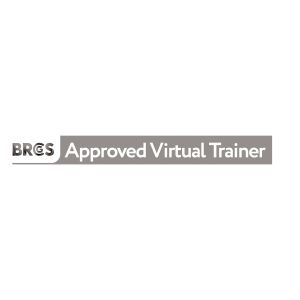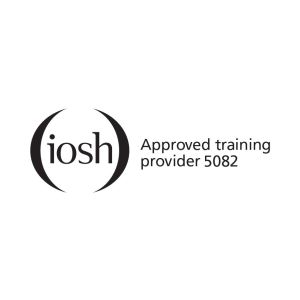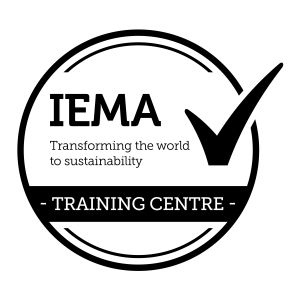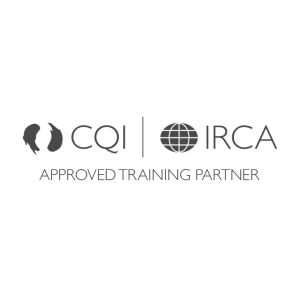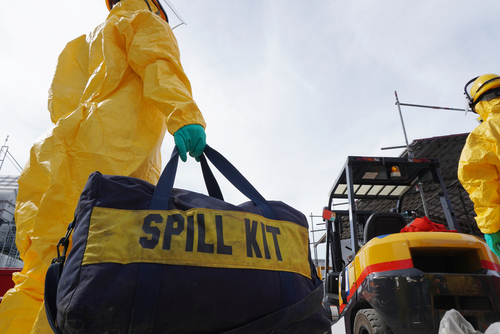
Managing an Environmental Incident – A Guide
As the most popular international standard for environmental management, you would expect the guidance offered to users of ISO 14001 in the event of an environmental incident would be robust. And it is. By following the recommendations defined in the standard, organisations unlucky enough to find themselves experiencing an unplanned incident will be prepared with procedures designed to respond effectively and efficiently. Doing so may well prevent a minor incident from escalating into something of catastrophic environmental consequences.
The actions in response to an environmental incident, in conformance with ISO 14001, can be aligned with the following key steps:
Emergency Preparedness and Response Planning:
ISO 14001 emphasises the need for organizations to develop emergency preparedness and response procedures. These procedures should outline the actions to be taken in the event of an environmental incident, including roles, responsibilities, communication channels, and coordination with relevant external parties.
Incident Identification and Reporting:
Implement a robust incident identification process to promptly detect and report environmental incidents. This may involve monitoring systems, routine inspections, employee reporting mechanisms, or any other suitable method to identify incidents.
Initial Response and Mitigation:
Once an incident is identified, take immediate actions to mitigate the impacts and prevent further harm. This could include activating emergency response plans, initiating containment measures, and implementing appropriate measures to minimize pollution, such as stopping leaks or spills.
Investigation and Root Cause Analysis:
Conduct a thorough investigation to determine the root cause(s) of the incident. This involves analysing the incident's contributing factors, identifying any systemic issues or deficiencies, and taking corrective actions to prevent similar incidents in the future.
Communication and Reporting:
Maintain clear and effective communication channels to ensure timely reporting and dissemination of information about the incident. Notify relevant stakeholders, including regulatory authorities, affected communities, and employees, about the incident, its impacts, and the organization's response actions.
Corrective and Preventive Actions:
Develop and implement corrective and preventive actions to address the root causes identified during the investigation. This may involve making changes to procedures, training employees, enhancing monitoring systems, or implementing engineering controls to prevent recurrence.
Documentation and Records:
Maintain accurate and comprehensive documentation of all incidents, response actions, investigations, and preventive measures taken. This documentation helps in demonstrating compliance with ISO 14001 requirements, aids in continuous improvement, and supports transparency during audits or reviews.
Continual Improvement:
Regularly review and update the environmental management system to improve incident prevention, preparedness, and response capabilities. This includes learning from incidents, evaluating the effectiveness of response actions, and implementing necessary changes to enhance the organization's environmental performance.
By integrating these steps into environmental management systems, organizations can effectively respond to environmental incidents while complying with ISO 14001 requirements.
Of course, every organisation is different and rarely do environmental incidents occur as imagined, but by carefully considering the areas above we give ourselves the best of chances to be successful.
If you need support or guidance in planning your Incident Response processes give us a call on 0191 5166191 orcontact us here.
To view relevant courses click on the following links;





